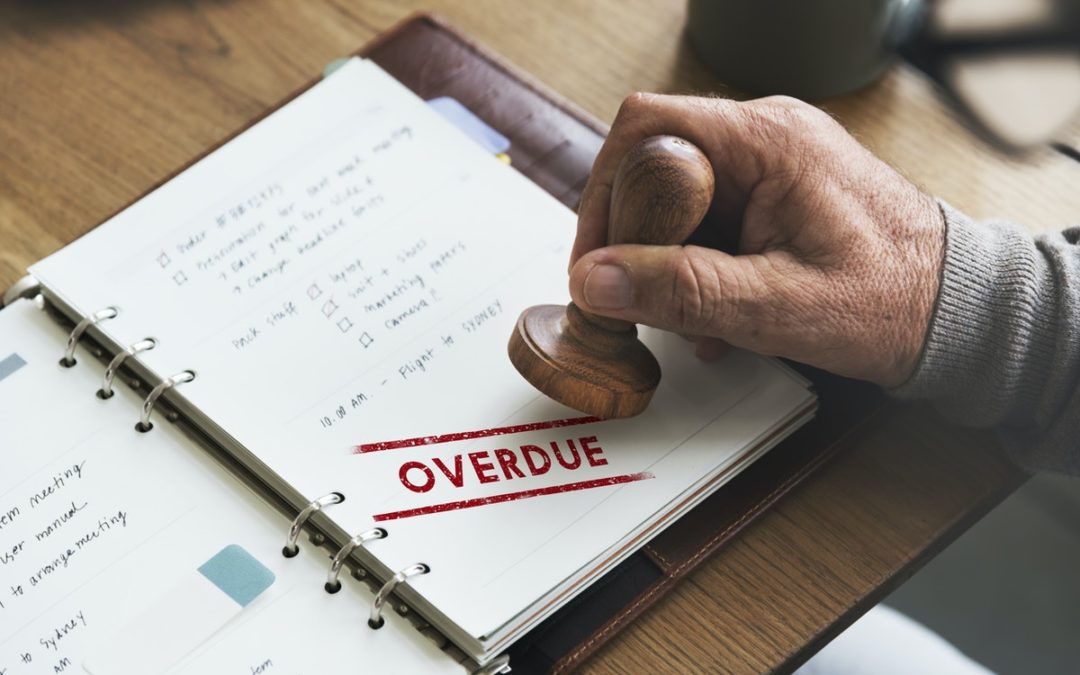Disclaimer: The directives in this article relating to the COVID-19 pandemic may no longer be in force. Please use caution if you are citing legislative material from this article as laws are subject to change. We recommend that you seek the most up-to-date law.
A bankruptcy notice is essentially a demand for the payment of money served by a creditor (a person who is owed money) onto a debtor (a person who owes money). They are generally served to enforce court judgements worth $5,000 or more against a debtor.
What Do I Do if I Have Received a Bankruptcy Notice?
If you have received a bankruptcy notice, you need to either comply or apply to have it set aside. Whilst you would normally have 21 days in which to do one or the other, this has been extended to 6 months due to complications related to Covid-19. You can either pay the amount owed in full or reach an agreement with the creditor (preferably in writing) to pay the amount owed in instalments.
However, if you want to apply to the court to have the bankruptcy notice set aside, you must also act within the time stated in the notice. If you fail to act in this time, you will have committed an ‘act of bankruptcy’. This will allow the creditor to lodge a petition to apply for a sequestration order. This in turn will make you bankrupt.
Applying to set aside a bankruptcy notice
You can apply to the Federal Court or Federal Circuit Court to set aside the bankruptcy notice. You can also apply to extend the time for compliance with the notice. These options are available if you can argue one of the following:
- There is a defect in the bankruptcy notice. For example, the name on the notice is wrong, there was no time limit for compliance with the notice, the judgement or order was worth less than $5,000 or the notice was not served properly.
- The debt does not exist, such as if you have already paid for it.
- You have a claim against the creditor, equal to or greater than the amount claimed in the bankruptcy notice. The bankruptcy notice is an abuse of process. This means that it has an improper purpose or is providing unfair pressure on the debtor to pay the debt.
To set aside a notice you need to fill out and file Application Form B2, an affidavit and the bankruptcy notice at the Federal Court. You will need to pay a filing fee. Then you need to serve a copy of the application and supporting affidavit that have been stamped by the court on each respondent to the application. This must happen personally within 3 business days of the application being filed.
Legal Advice
Bankruptcy notices can be complex to deal with, and the Bankruptcy Act 1966 is a complex piece of legislation. It is recommended you seek legal advice before acting.
To find out more, please do not hesitate to contact us.

